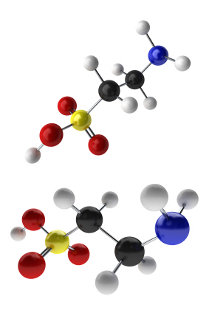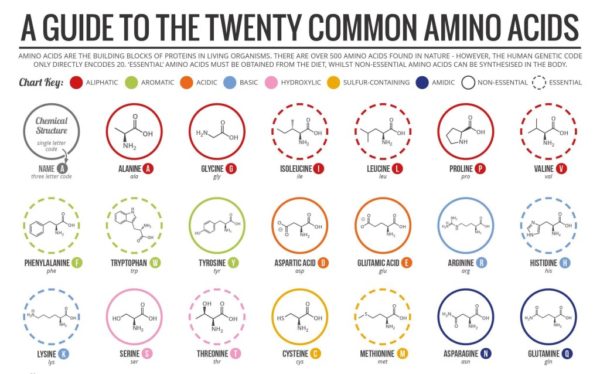

Compared to controls, the treated animals had stronger bones, less oxidative damage, and fewer inflammatory immune cells in their blood.

The anti-aging effects extended to 15-year-old rhesus macaques fed the mouse-equivalent dose of 250 mg per kg. Other signs of attenuated aging include fewer inflammatory cytokines, less oxidative DNA damage, and fewer reactive oxygen species in muscle, a sign of better mitochondrial health. They also grew bigger and stronger bones, clung to a wire and ran on a rotarod for longer, and more often ambled among the arms of a Y maze, a sign of better memory. Compared to controls, taurine-fed mice lived for 11 percent longer, or about two months. This raised blood taurine close to levels seen in 4-week-old mice. Would boosting taurine levels in older animals slow aging? The researchers first turned to mice, feeding 14-month-olds 1,000 mg per kg taurine daily. Serum taurine declines with age in people (left), mice (middle), and rhesus monkeys (right). Ditto for 56-week-old versus 4-week-old wild-type mice, and 15-year-old versus 5-year-old rhesus macaques (see image below). Middle-aged people had 80 percent less than did children.

Serum taurine concentration inversely correlated with age. To find out, co-first authors Parminder Singh in the National Institute of Immunology in New Delhi, where Yadav has a second appointment, and Kishore Gollapalli in New York measured concentrations of the amino acid in blood samples from 80 people ages 1 to 65 from the Kuopio Ischaemic Heart Disease Risk Factor Study, Finland, or from Kocaeli University Hospital, Turkey.

Small clinical studies of adults taking the amino acid in supplement form have suggested that it eases symptoms of metabolic and inflammatory diseases, such as Type 2 diabetes, heart failure, and neurodevelopmental disorders ( Jong et al., 2021 Caine and Geracioti, 2016). Other potential roles are to activate GABA and glycine receptors, or to improve the fidelity of mitochondrial protein synthesis. It can also be broken down into hydrogen sulfide, another ROS scavenger. Scientist believe it functions as an antioxidant, by neutralizing the reactive oxygen species hypochlorite to form the antioxidant N-chlorotaurine. Taurine, considered a nonessential amino acid, carries a reactive amine and a sulfonic, rather than a carboxylic, acid. Taurine deficiency is tied to multiple health problems in people (top right), but large-scale trials testing its beneits have yet to be done (bottom right). Supplementing their chow with taurine extends mouse lifespan (bottom left), improves organ function, and reduces cellular signs of aging (middle). “Why did the field miss this seemingly obvious amino acid deficiency?” “These are very impressive effects on the mouse lifespan, and the improved health parameters in monkeys are stunning,” Andrew Dillin, University of California, Berkeley, wrote to Alzforum. It also reduced inflammatory markers and many other signs of aging in mice and in monkeys. Feeding the amino acid to middle-aged mice increased their lifespan by a few months and improved their memories. Serum levels in 60-year-olds are 80 percent lower than those in children. In the June 9 Science, they reported that a person’s ability to make this amino acid declines steeply with age. Should older adults add taurine to their diets? Perhaps, suggest researchers led by Vijay Yadav, Columbia University, New York.


 0 kommentar(er)
0 kommentar(er)
